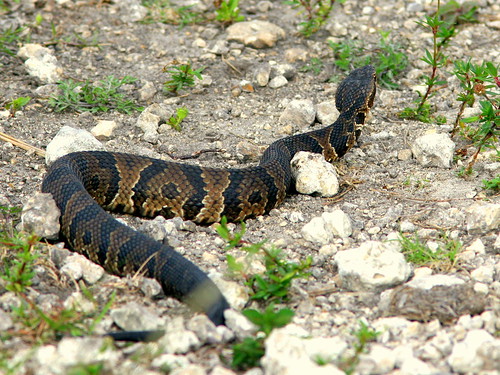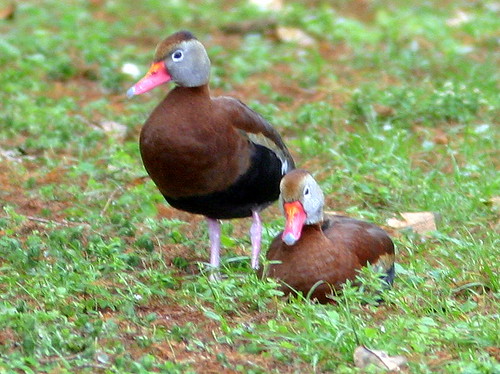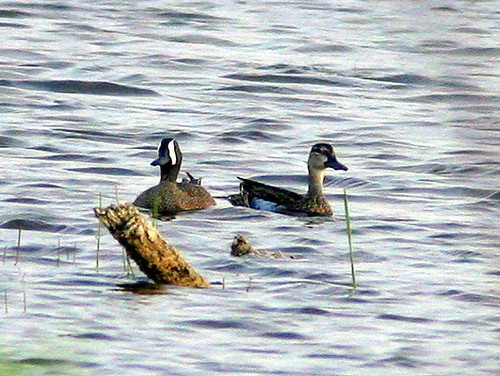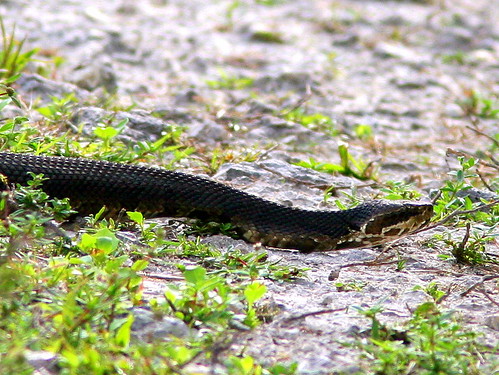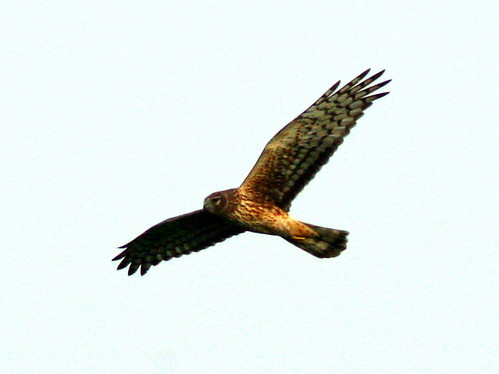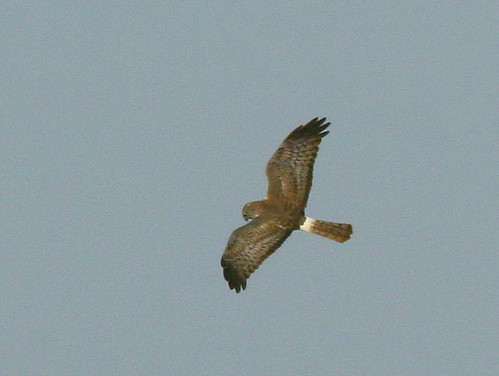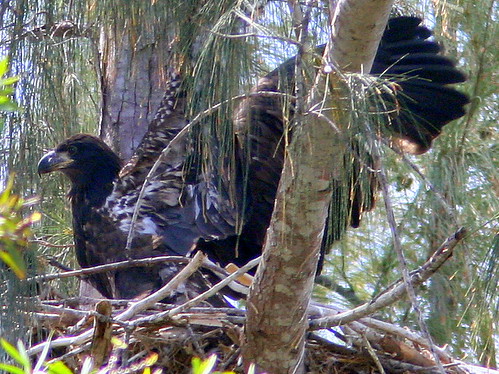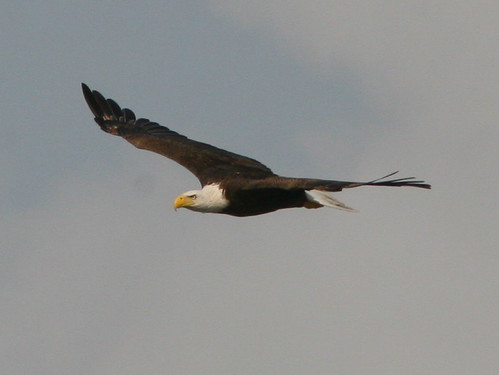Posted by: Ken @ 10:52 am
| PEMBROKE PINES BALD EAGLES |
| Nest Watch Page |
| History of the Eagle Nest |
| Eagle Watch FORUM |
| FAQs |
| IMPORTANT Since the chicks are almost ready to fledge, we ask observers to spread their time as efficiently as possible. If you plan to stand watch for an hour or more, please post to the FORUM with your intended hours in the Subject line, so that others can fill in during times that no one is scheduled. OK to post as late as the night before or early the same morning.Thanks! |
The second Cottonmouth I encountered this morning was only about 2 1/2 feet long:
This morning was overcast, breezy and pleasant. Earlier this month a Black-bellied Whistling-Duck flew noisily right over my head while walking the Harbor Lakes portion of the West Miramar Environmentally Sensitive Area that I call my birding “patch.” Its flight sounded labored as it approached me from behind, as I was photographing a butterfly. I thought it was a Muscovy Duck and hardly looked up. It had passed directly over my head. By the time I swung my camera up, still in macro setting, I could not focus on the bird. This Mexican species has spread to areas just north of Broward County , but I was not aware of any local sightings. I believe these ducks usually are seen in flocks, so I wondered if it might be an escaped or feral specimen that are known to be seen occasionally in southernmost Florida.
I photographed these Black-bellied Whistling Ducks last month in the Wakodahatchee Wetlands in western Palm County:
In an effort to document the sighting, I revisited the area several times, hoping to photograph the bird and see if there might be a flock in the area. I have not been able to find any others, but this past week did find a dozen Black-necked Stilts (they flew away before I could photograph them), and today a pair of Blue-winged Teal. These also departed before I could get very close.
Distant Blue-winged Teal:
I approached the ditch along the wetlands path, in the GL Homes portion of the ESL, at several points, hoping to find snakes, especially moccasins, to no avail. I have seen as many as 5 in one morning. The alligator was basking in his usual spot, and slipped quietly into the water before I could take his picture. Returning home on the wetlands path, I encountered a large (4 foot) Cottonmouth Water Moccasin, and further down another smaller one.
Older Cottonmouths turn darker and get quite fat– this one was as thick as my forearm:
The smaller Cottonmouth was reluctant to depart from the edge of the path. Note its dark mask and its vertical pupil (click on image to choose larger size):
A flock of White Ibises flew parallel to the utility wires, creating a pleasant portrait: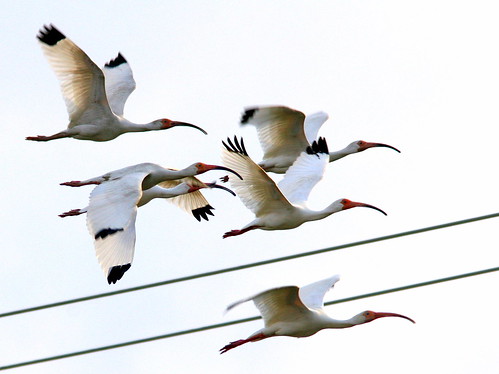
Most of the winter, up to seven or eight Northern Harriers have hunted over the wetlands. One adult male was usually present, and the rest were immatures and females. For the past three weeks, there have only been two, a male and a female, probably both in sub-adult plumage, meaning they are not yet one year old. They rarely breed in southern Florida.
I believe this is a female Northern Harrier, subadult plumage, as evidenced by heavy dark streaks on its cinnamon-colored breast:
The grayish back and wings with some brown on its “shoulders,” and black wing tips and black trailing edges of the flight feathers indicate that this is a sub-adult male:
Another view of the male Northern Harrier:
An Osprey wheeled overhead:
At the local Bald Eagle nest site, the older chick, now almost 10 weeks old, was trying out its wings in the nest, sometimes leaping as high as three feet:
The larger chick, “Hope” is in the foreground, overshdowing “Justice,” five days younger:
“Hope” is now about as big as the adults:
An adult Bald Eagle flies by:













